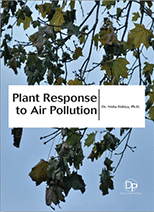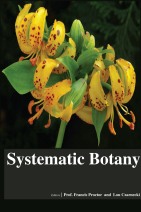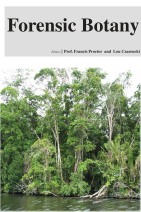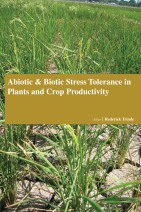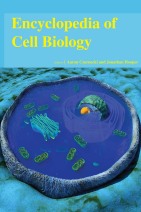Tab Article
Air, water and soil pollution influence vegetation. Primary air pollutants such as reactive compounds of sulphur (sulphur oxides), nitrogen (nitrogen oxides), carbon monoxide and hydrocarbons, are emitted from fossil fuel combustion. Secondary pollutatnts, primarily ground level zone have severe implications on plants. These pollutants enter through stomata and adversely affect plant functions. Plant response to pollutants varies with species, age, variety and other abiotic factors. Sulphur dioxide increases stomatal opening resulting in loss of water, disrupts photosynthetic mechanism, causes interveinal cholorosis, and reduces quanity and quality of plant yield. Ozone, among all the pollutats, has been documented to have the most detrimental effects on the plants. Ozone causes damage to almost all levels of plant functions, such as leaf injury, stomatal conductance, photosynthesis, carbon allocation and respiration. On the other hand, elevated levels of CO2 increase photosynthetic rate and demonstrtae positive impact on crop productivity. Certain measures taken to reduce emission of primary pollutants, such as, using fuels low in sulphur content, introduction of catalytic converters to reduce exhaust pollutants, reducing application of nitrogen-based fertilizers, and switching to cleaner energy sources, may reduce air pollution and its deleterious effects on vegetation.

